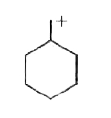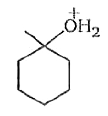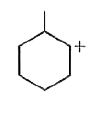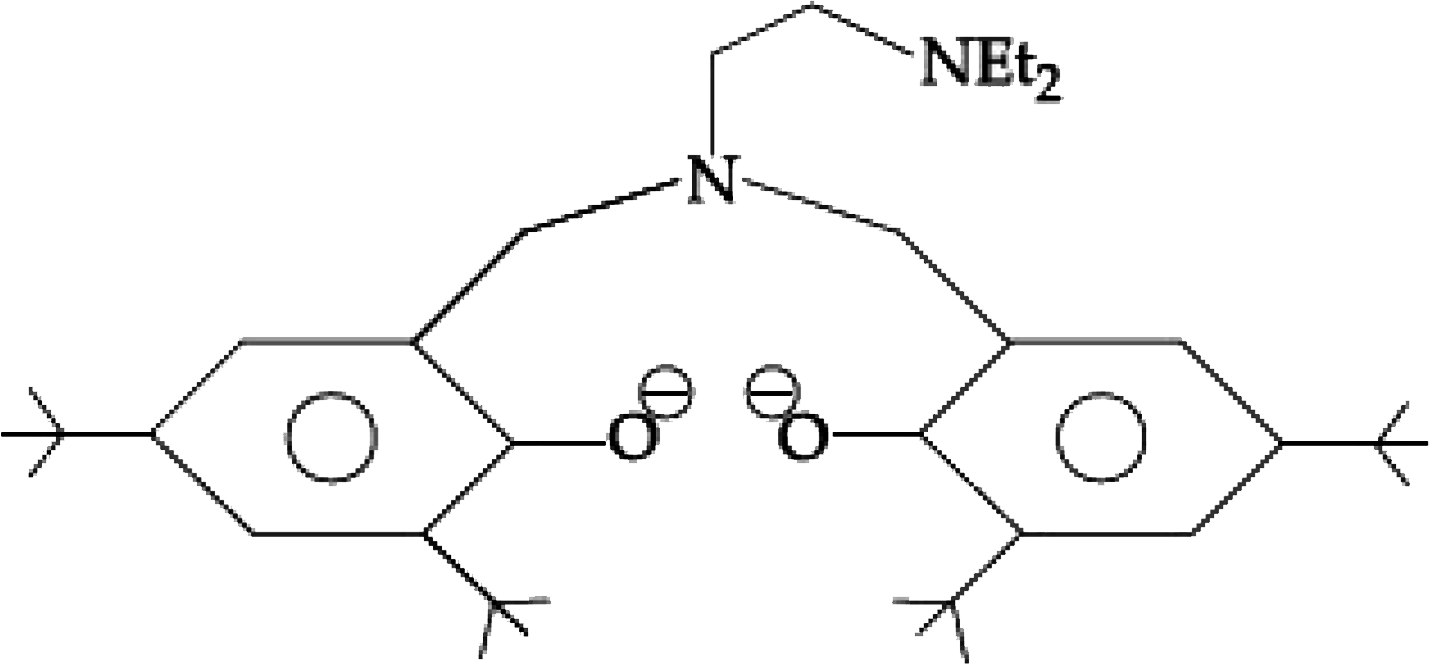Which of the following ligands is expected to bidentates?
CH3NH2
CH3C≡N
Br
C2O2−4
The correct Answer is:D
To determine which of the given ligands is expected to be bidentate, we need to analyze each ligand's ability to donate electron pairs to a central metal atom. A bidentate ligand can form two coordinate bonds with a metal ion due to the presence of two donor atoms.
1. Understanding Bidentate Ligands:
- A bidentate ligand has two donor atoms that can coordinate to a metal center. This means it can form two bonds with the metal ion.
2. Analyzing Each Ligand:
- Option 1: CH3NH2 (Methylamine):
- This ligand has one nitrogen atom with a lone pair that can donate. Therefore, it can only form one bond with a metal ion.
- Conclusion: Monodentate.
- Option 2: CH3C≡N (Acetonitrile):
- In this case, the nitrogen atom has a lone pair that can donate to the metal. Similar to the first option, it can only form one bond.
- Conclusion: Monodentate.
- Option 3: Br⁻ (Bromide ion):
- Bromide is a negatively charged ion and has one lone pair available for donation. It can only form one bond with a metal ion.
- Conclusion: Monodentate.
- Option 4: Oxalate (C2O4²⁻):
- The oxalate ion has two oxygen atoms that can each donate a lone pair of electrons. This allows it to form two bonds with a metal ion.
- Structure: The oxalate ion can be represented as:
O=C-C=O
| |
O⁻ O⁻
- Conclusion: Bidentate.
3. Final Answer:
- The ligand that is expected to be bidentate is Option 4: Oxalate (C2O4²⁻).
- A bidentate ligand has two donor atoms that can coordinate to a metal center. This means it can form two bonds with the metal ion.
- Option 1: CH3NH2 (Methylamine):
- This ligand has one nitrogen atom with a lone pair that can donate. Therefore, it can only form one bond with a metal ion.
- Conclusion: Monodentate.
- In this case, the nitrogen atom has a lone pair that can donate to the metal. Similar to the first option, it can only form one bond.
- Conclusion: Monodentate.
- Bromide is a negatively charged ion and has one lone pair available for donation. It can only form one bond with a metal ion.
- Conclusion: Monodentate.
- The oxalate ion has two oxygen atoms that can each donate a lone pair of electrons. This allows it to form two bonds with a metal ion.
- Structure: The oxalate ion can be represented as:
O=C-C=O
| |
O⁻ O⁻
- Conclusion: Bidentate.
- The ligand that is expected to be bidentate is Option 4: Oxalate (C2O4²⁻).
Similar Questions
Knowledge Check
Which of the following is not expected to be intermediate of the following reaction ?
 A
A B
B C
C D
D
Which of the following carbocations is expected to be most stable?
A B
B C
C D
D
Which of the following compounds is expected to be the most ionic?
View SolutionWhich of the following ligand (s) is/are ambidentate ?
View SolutionWhich of the following is expected to be coloured?
View SolutionWhich of the following ligands are π acceptor ?
View SolutionWhich of the following oxides is not expected to react with sodium hydroxide ?
View SolutionWhich of the following is expected to be aromatic ?
View Solution
